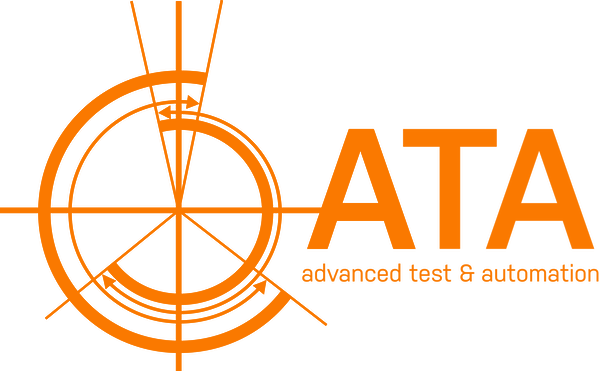Air contamination in oil is a serious condition. There are five problems associated with aerated oil that can be deadly to lubrication components, like oil pumps.
Read MoreThere are a number of ways to introduce air into the oil to obtain a certain level of aeration. There are two predominant methods for achieving oil aeration: suction port t-fitting and direct injection.
Read MoreThe major purpose of lubrication oil is to provide low bearing friction, to transfer heat and to protect components from corrosion. Contaminants will affect the oil’s ability to meet these requirements.
Read MoreMany OEMs are battling to improve vehicle durability, increase efficiency and reduce noise, but are struggling to find the answers. Unfortunately, many of the recent design trend are forcing higher aeration levels, and far too many OEMs are unaware.
In the pursuit of greater efficiency, many OEMs are making design decisions that may amplify the effects of oil aeration. Air bubbles may seem benign, but they can detrimentally affect the performance and durability of engines, drivelines and hydraulic equipment.
Read MoreATA Inc. was awarded a project from an existing client to build test systems for production verification testing on six different engine oil pump models. We delivered on the client's needs for an accurate and interchangeable tool to verify pump performance and functionality using a grouping layout for the individual test cells, and by employing laser marking stations.
Read MoreWe sat down with OEMs, seasoned pump design release engineers and validation technicians. We wanted to understand the most frequent variable displacement vane pump failures and how someone developing these pumps could avoid them.
Read MoreATA was selected by a new client to build a turn-key Oil Pump ECT system to benchmark the performance of existing and future pump models. The client was a premier international manufacturer of powertrain automotive components.
Read MoreIncreasing electrification of traditionally mechanically-driven components in the automotive industry has been visible in many segments of the vehicle subsystems, such as lubrication circuits and cooling circuits. Some of the components include electric oil pumps, electric water pumps, electric coolant valves, etc. As the parts evolve from purely mechanical components to a combination of mechanical and electronic hardware, the methods used to validate the components have also evolved.
Read MoreThis is a video update showing internal commissioning of an end-of-line, Production ECT System for transmission oil pumps.
Read MoreEfficient test machine design entails not only supporting current client needs and products, but also any similar models, with the flexibility to adapt to next generation designs as well. Such was the case when we were approached by a leading producer of engine and transmission oil pumps for the automotive sector.
Read MoreWhether developing a new hydraulic pump design that has to closely match predefined specifications, or verifying the functionality of a production unit, an accurate and reliable test system is needed to confirm the functional parameters of those pumps.
Read More











